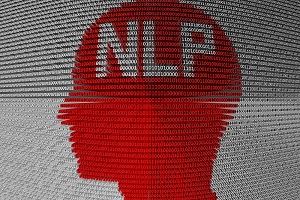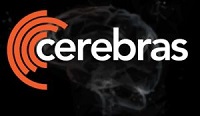In this contributed article, Rigvi Chevala, Evalueserve’s CTO, believes that while plenty of investment and progress into AI is causing great strides, ML and AI benefit from simpler solutions. LLMs offer the opportunity for a quick start, and many players are considering how to make them useful to their businesses. The article advises you to count your organization as one of them – understand their benefits and constraints and wisely use them.
How to Effectively Leverage LLMs (Large Language Models) for B2B NLP (Natural Language Processing) Use Cases
Vectara, a New Leader in Applied Large Language Models, Launches its First Neural Search as a Service Offering to Transform Content Discovery
Vectara, the operating platform for neural network technology, launched its first product, neural search as a service, that leverages large language models to understand the intent behind user queries and bring meaning to search. Available in two editions; Growth provides a generous free tier, and Scale includes a complete set of enterprise features. Vectara makes neural network technology immediately accessible to developers, even without any machine learning expertise.
Cerebras Wafer-Scale Cluster Brings Push-Button Ease and Linear Performance Scaling to Large Language Models
Cerebras Systems, a pioneer in accelerating artificial intelligence (AI) compute, unveiled the Cerebras Wafer-Scale Cluster, delivering near-perfect linear scaling across hundreds of millions of AI-optimized compute cores while avoiding the pain of the distributed compute. With a Wafer-Scale Cluster, users can distribute even the largest language models from a Jupyter notebook running on a laptop with just a few keystrokes. This replaces months of painstaking work with clusters of graphics processing units (GPU).
NVIDIA Launches Large Language Model Cloud Services
NVIDIA today announced two new large language model cloud AI services — the NVIDIA NeMo Large Language Model Service and the NVIDIA BioNeMo LLM Service — that enable developers to easily adapt LLMs and deploy customized AI applications for content generation, text summarization, chatbots, code development, as well as protein structure and biomolecular property predictions, and more.
Research Highlights: Emergent Abilities of Large Language Models
In this regular column we take a look at highlights for breaking research topics of the day in the areas of big data, data science, machine learning, AI and deep learning. For data scientists, it’s important to keep connected with the research arm of the field in order to understand where the technology is headed. Enjoy!
Video Highlights: How to Optimize Deep Learning Models for Production
In the video presentation embedded below, our friends over at Neural Magic present a compelling workshop: How to Optimize Deep Learning Models for Production. After watching this video, you’ll be able to optimize your NLP and/or computer vision model, apply your own data with a few lines of code, and deploy it on commodity CPUs at GPU-level speeds.
Have a Goal in Mind: GPT-3, PEGASUS, and New Frameworks for Text Summarization in Healthcare and BFSI
In this contributed article, Dattaraj Rao, Innovation and R&D Architect at Persistent Systems, discusses the rise in interest for neutral network language models, specifically the recent Google PEGASUS model. This model not only shows remarkable promise when it comes to text summarization and synthesis, but its non-generalized approach could push industries such as healthcare to embrace NLP much earlier than was once supposed.
Why Humans Still Need to be Involved in Language-Based AI
In this contributed article, Christine Maroti, AI Research Engineer at Unbabel, believes that humans still need to be in the loop in most practical AI applications, especially in nuanced areas such as language. Despite the hype, these algorithms still have major flaws. Machines still fall short of understanding the meaning and intent behind human conversation. Not to mention, ethical concerns such as bias in AI still are far from a solution.










